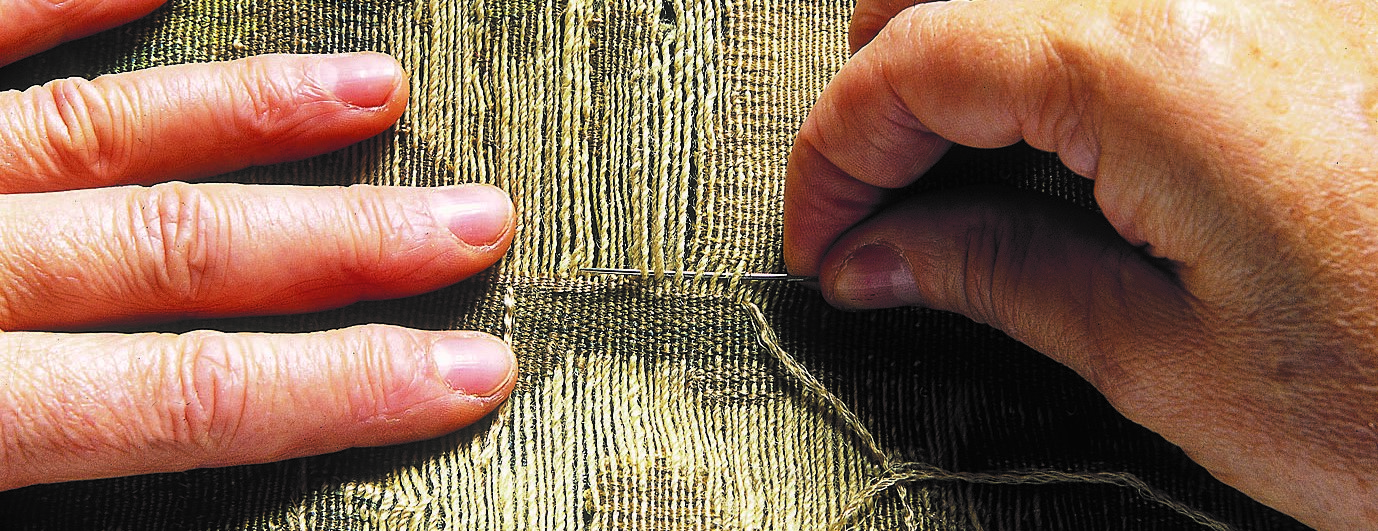TEXTILE FIBRES OF ANIMAL ORIGIN
Silk
Silk is obtained from silkworm cocoons. Since the cocoons from which the butterfly has already emerged can no longer be used as the threads are broken, it is necessary to stop the process of the caterpillar turning into a butterfly by drying the cocoons. Before the silk thread is unwound, the cocoon is immersed in almost boiling water and the end of the thread is caught with a stick. When unwinding, it is important to combine the threads of several cocoons (usually at least 8, but up to 180), as the thread from a single cocoon is extremely thin and not strong enough for further use. Silk production dates back around 5,000 years. From its original homeland in China, silk farming spread first across Asia and much later to Europe. Silk is lighter than cotton, linen, and wool and falls between cotton and wool in terms of elasticity. Among natural fibres, silk stands out for its high strength, which decreases by as much as a quarter when wet. As silk fibres are prone to creasing, silk products should be washed without rubbing or wringing. Like wool, silk absorbs moisture very quickly but does not feel wet. Silk fibre is a poor conductor of heat, so more densely woven products provide good warmth.
Wool
Wool, like silk, is a natural animal protein fibre. Shearing sheep produces fleece that is full of impurities. The fleece, sorted according to quality, must be washed with a neutral detergent and a carbonisation process must be carried out to remove vegetal impurities from the wool fibre. Combing and carding the cleaned fleece produces a worsted strand ready for spinning. Wool was first used in Mesopotamia around 10,000 BCE. Sheep first appeared in the Mediterranean around 5,000 years ago, and their habitat expanded with large-scale Roman colonisation. Wool fibres are three-dimensionally curled, which makes them voluminous, flexible, and soft. Among natural fibres, wool has the lowest strength and the highest elasticity. It can hold even more water than cotton and linen. When moisture is absorbed from the air, a process of heat transfer takes place, making damp wool garments warmer.
DID YOU KNOW …?
… That cotton was once known as white gold because of its brilliant colour?
… That the sails of ships used to be made of linen fabric, because it resists wind gusts so well?
… That linen fabric, which is fully biodegradable, is one of the most eco-friendly fabrics in the world, along with silk, because it uses significantly less water than cotton in the production process?
… That wool comes not only from sheep, but also from goats, rabbits, camels and other animals, and that wool fibre can be bent up to 20,000 times before it breaks, while cotton breaks after only 3,200 bends?
… That silk is resistant to moths and that it is also obtained from wild silkworms, the most famous of which is the so-called tussah or Indian wild silk?
DIFFERENT PLANT AND ANIMAL FIBRES (SILK, WOOL, LINEN, AND COTTON) ARE PRESENTED ON THE PANEL AND THE COUNTER.

